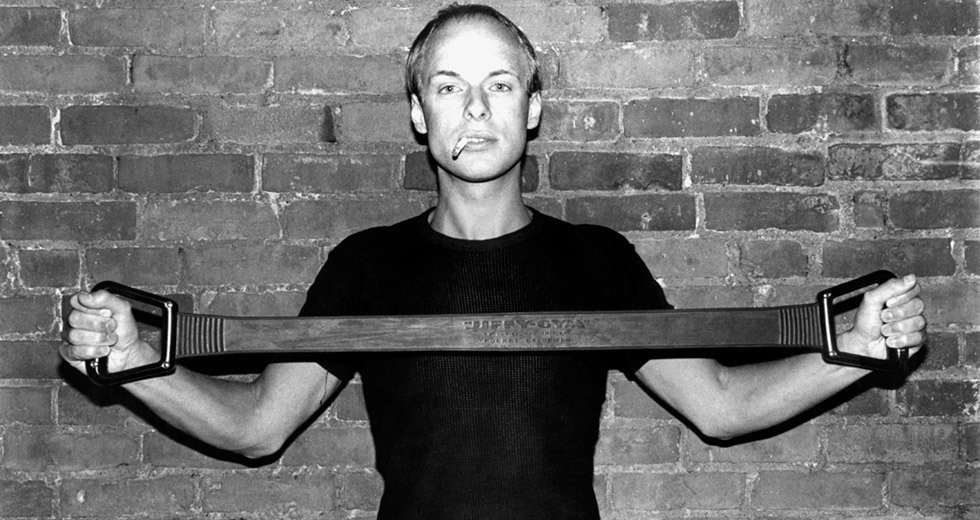Assignment 03
Essay Response Poster (Revisited)
Revisit your Designer as Author poster from last semester. Consider your approach and evaluate your final composition. This week you have the opportunity to improve, redesign, or keep the poster unchanged. You’ll pull a card from Brian Eno and Peter Schmidt’s Oblique Strategies. Consider how you can use the card’s advice to affect your process and final result. Bring in your old and new 18×24" posters (if applicable).
Lastly, you will be assigned one of your classmates posters or zines to critique. You need to write a 200 word response about their design. Your first 100 words should evaluate objective form and composition (ex. there is red colored, centered serif typography in the middle of the composition. There is generous space between each letter, and one word is emphasized in italics). Be as literal as possible, describing in detail what you see and explain the most obvious design decisions. Describe the poster as though your reader will not have the chance to observe the poster for themselves. Your next 100 words should describe your subjective thoughts (ex. the serif typography and typesetting give an elegance to the message, which relates to it’s content). In your objective opinions you can give suggestions or share feedback if you think it’s constructive.
Deliverables
1Your old 18×24" Poster
1Your new 18×24" Poster
1200 Word Response

Background
In 1975 artists & musicians Brian Eno and Peter Schmidt collaborated on a project titled Oblique Strategies. Inspired by the readings of I Ching, the two published a set of cards used to generate ideas and break routine thinking patterns.
While born out of a studio context, Oblique Strategies translated equally well to the music studio. For Eno, the instructions provided an antidote in high-pressure situations in which impulse might lead one to default quickly to a proven solution rather than continue to explore untested possibilities: “Oblique Strategies evolved from me being in a number of working situations when the panic of the situation—Particularly in studios—tended to make me quickly forget that there were others ways of working and that there were tangential ways of attacking problems that were in many senses more interesting than the direct head-on approach.”
—Brian Eno: Visual Music, Christopher Scoates

Now on their fifth edition, Oblique Strategies have been published in English, French and Japanese. Each edition changes slightly, adding or removing different cards. If you're interested in learning more, Gregory Taylor has put together a fine website documenting the editions and pulling together some more information about the deck.

